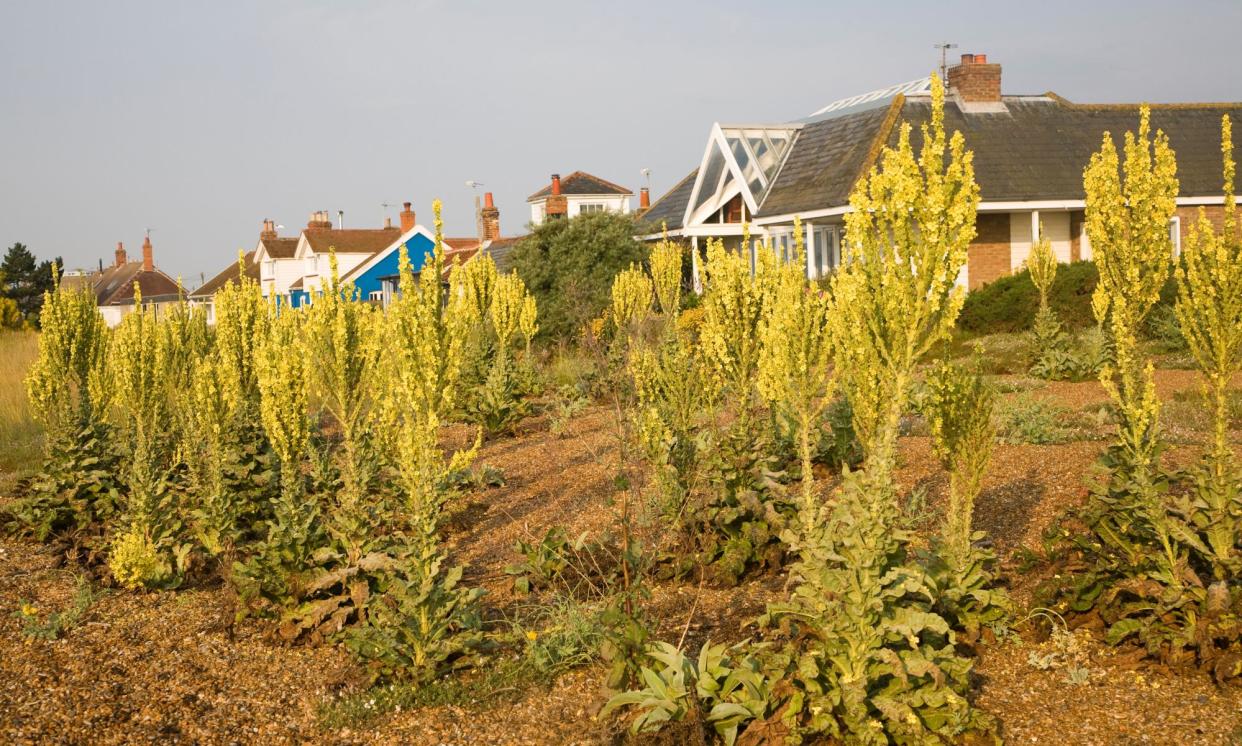Rare moth found in Norfolk village 50 years after becoming ‘extinct’ in Britain

The Norfolk snout was always a rare moth in Britain. By the late 1960s, populations of this small beige moth with a distinctive protuberant “nose” had dwindled to just one site – a working quarry in north-west Norfolk.
Bad weather or possibly over-collecting by a few zealots meant that the moth, which has a 20mm wingspan, became extinct in Britain in 1971.
Now, after an absence of more than 50 years, the Norfolk snout (Nothris verbascella) has reappeared, close to where it was first discovered in 1853.
One of the moths was caught this week in a humane moth trap set in the garden of Dave and Pauline Jones in Stoke Holy Cross, 4 miles south of Norwich.
The nature lovers were at first mystified by the identity of this diminutive, rather dull-looking moth with distinctive curled “horns” on its palps – a pair of hairy appendages on the front of the head that help moths identify food sources.
But experts, including Steve Palmer, who specialises in identifying similarly small moths belonging to the Gelechiidae family, have since confirmed their identification.
Caterpillars of the Norfolk snout eat hoary mullein, a tall plant with yellow flowers that is nationally scarce but fairly common south of Norwich, where the moth was rediscovered.
It is not known if the moth, which is found across Europe, has recolonised from mainland Europe or has simply been living unobserved in tiny populations for more than five decades.
The moth expert James Lowen, the author of Much Ado about Mothing, said it could have survived undetected for years.
“It’s really exciting,” said Lowen of its reappearance. “My hunch is that it has been here undetected. It tends to stick around its food plant, hoary mullein, which is seen by roadsides south of Norwich, and it doesn’t wander far. It’s a small brown moth and many people don’t look at small brown moths. Dave and Pauline Jones deserve lots of credit for looking at it critically.
“When things are going extinct everywhere and you find something that isn’t going extinct after all, it’s great. It gives a bit of hope for the future that this little thing has clung on and we’re not clever enough to have found it until now.”


